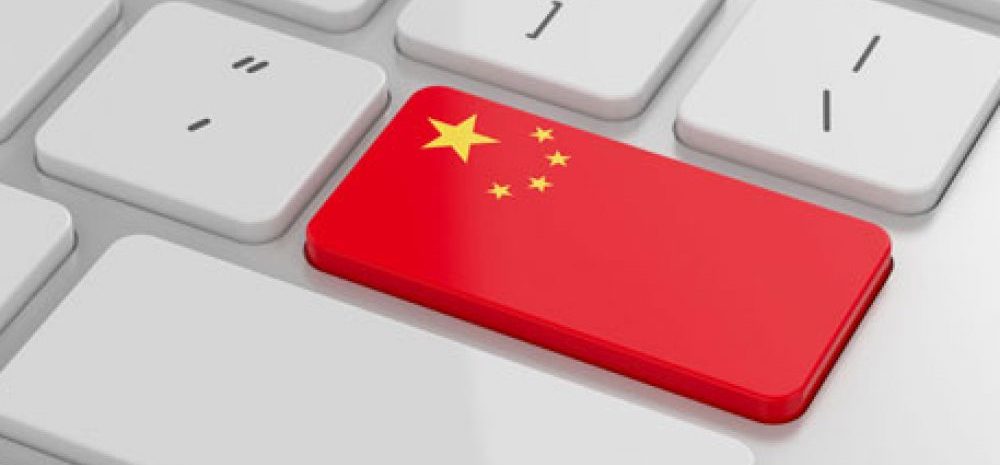It’s been a rough ride for America’s manufacturers in recent years. They have had to persevere in the face of continued dumping and subsidies on the part of trading partners. Plus, an overvalued dollar has further weakened their exporting competitiveness.
When it comes to high-tech goods, however, there’s a more troubling problem. China has repeatedly stolen critical advanced technologies from U.S. companies. Unfortunately, the response by recent presidential administrations to such worrying intrusions of U.S. networks, and the hacking of proprietary high-tech secrets, has simply been polite “dialogue” with Beijing.
This has been particularly galling for companies like United States Steel Corp., which had to watch as a rival Chinese company stole the design for a special type of lightweight steel—and then sold it at below the cost of production in the U.S. market.
Chinese companies have also stolen proprietary U.S. technology for nuclear power generators, solar cells, Internet software, and Internet hardware. It’s estimated that 20 percent of the wind turbines deployed in China today contain stolen software.
All of that may finally be changing, however. After a lengthy investigation into China’s cyber espionage and hacking of U.S. companies, the Trump administration has just imposed tariffs on $50 billion worth of Chinese goods. These “Section 301” tariffs — which have long been part of U.S. trade law — will focus specifically on Chinese goods produced via technology theft.
When it comes to China’s theft of high-tech property, U.S. manufacturers have a long list of grievances. And that’s because Chinese companies have not only hacked networks and stolen key technologies, but they’ve also reaped the rewards of Beijing’s “technology transfer” policies.
American firms attempting to sell product in China are required to “share” technology with Chinese firms, which is swiftly co-opted and sold to US consumers.
The toll for U.S. manufacturers has certainly piled up. Last year, the U.S. racked up a $375 billion trade deficit with China, the biggest trade deficit between two countries in world history. And when it comes to advanced technology products (ATP), the outlook is grim.
Where the U.S. ran a $5 billion ATP trade surplus in 2000, by 2017, that had shifted to a $110 billion deficit. Today, America ships raw materials and commodities to China — the opposite of what a modern developed country should be exporting.
Much of this damage has come from a naive faith in “free trade,” with economists and elected officials failing to recognize the realities of a world dominated by “strategic trade.” Beijing has formulated a ‘Made in China 2025’ policy that aims to seize economic leadership in advanced technologies through predatory trade and innovation practices.
The ambition and scope of Beijing’s goals is staggering. But Washington has long assumed that China will eventually seek compromise and agreement, even though Beijing’s track record clearly demonstrates otherwise.
Similarly, when U.S. firms sign licensing agreements at coercively low prices as a pre-condition for selling in the Chinese market, it’s a devil’s bargain. It inevitably leads to U.S. companies surrendering long-term technological viability for short-term market access.
The Trump administration is wisely going beyond words and taking action on China’s aggressive theft and technology transfer. It’s a necessary step to ensure that America preserves some of the key industrial sectors expected to provide economic and technological security in the 21st century.
It’s also imperative to reduce America’s record trade deficit with China, and future moves and countermoves are almost certain to occur, too. These actions are crucial, if the U.S. is to have a viable economy in 20 years.
Michael Stumo is CEO of the Coalition for a Prosperous America (CPA).













